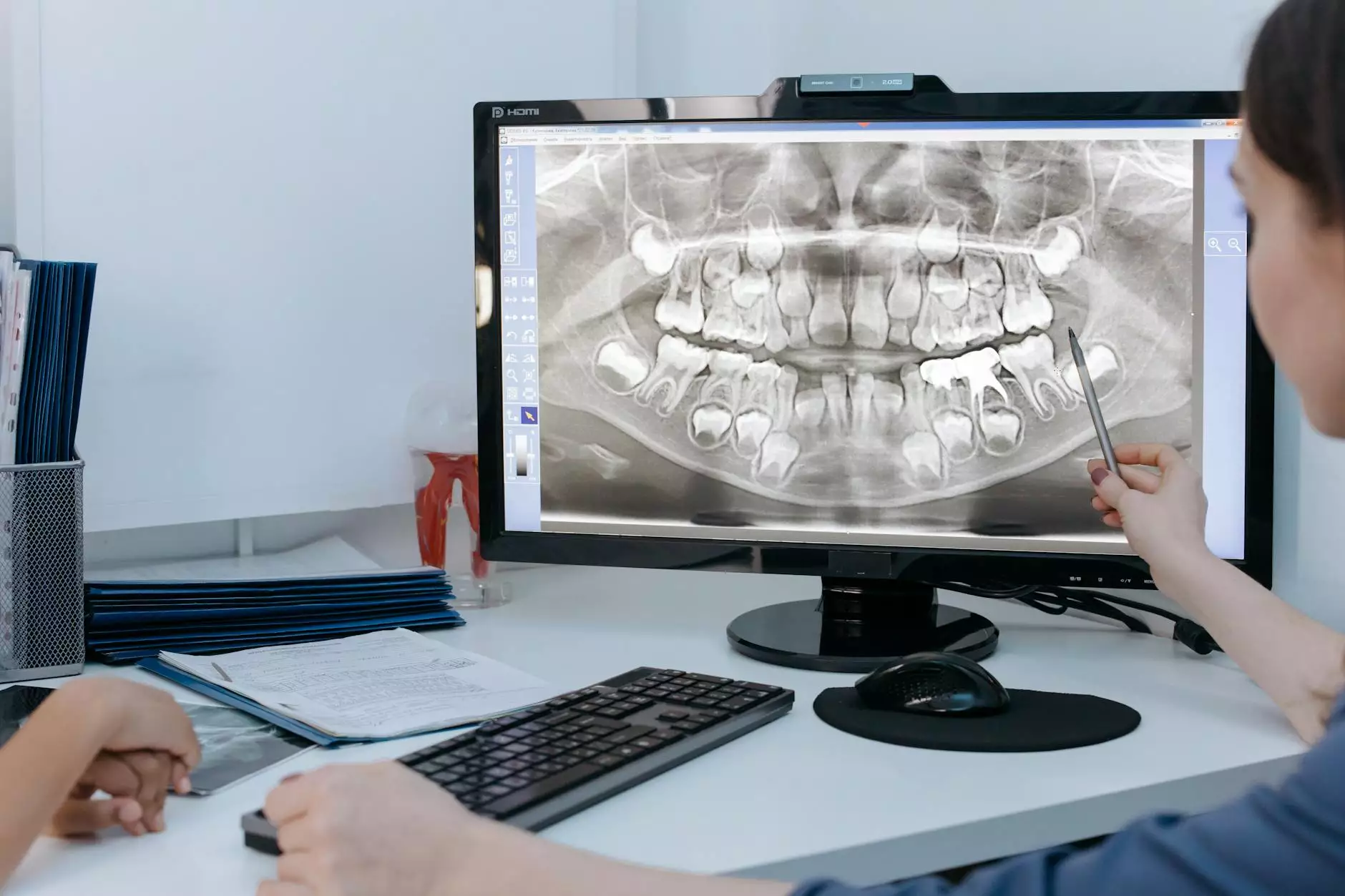Understanding the Signs of a Leg Blood Clot

When it comes to our health, awareness is key. One condition that can pose a serious threat yet often goes unnoticed is blood clots. Particularly, a blood clot in the leg—scientifically known as deep vein thrombosis (DVT)—can lead to severe complications, including pulmonary embolism if not identified and treated in time. In this article, we will delve deep into the signs of a leg blood clot, its causes, risk factors, and the essential steps you should take to safeguard your vascular health.
What is a Blood Clot?
A blood clot is a mass of blood cells and platelets that clump together to stop bleeding. While clotting is a natural and vital process for healing, inappropriate clots can form in the veins, particularly in the legs, leading to potentially life-threatening conditions.
Deep vein thrombosis occurs in the deep veins of the legs when a clot blocks blood flow, which may cause swelling, pain, and other serious complications if left untreated.
Common Signs of a Leg Blood Clot
Recognizing the signs of a leg blood clot is crucial for early intervention. Here are some of the most common symptoms to be on the lookout for:
- Swelling: One of the primary indicators of a leg blood clot is swelling in one leg. If one leg appears noticeably larger or puffier than the other, it could be a sign of DVT.
- Leg Pain: Unexplained pain in the leg, particularly if it feels like cramping or soreness, can indicate blood clot formation.
- Changes in Skin Color: The affected leg may appear red or discolored in comparison to the unaffected leg, indicating possible clot presence.
- Warmth: The area around the clot may feel warm to the touch. This is due to an increase in blood flow and inflammation.
- Fatigue: Unusual tiredness or heaviness in the affected leg can be another potential symptom.
Understanding Risk Factors
It's important to be aware of factors that increase the risk of developing leg blood clots. These include:
- Prolonged Immobility: Sitting or lying down for long periods—such as during long flights or in recovery from surgery—can hinder circulation.
- Medical Conditions: Certain conditions like cancer, heart disease, and inflammatory bowel disease elevate the risk.
- Obesity: Excess body weight puts additional pressure on the veins in the legs.
- Family History: A history of DVT or clotting disorders in your family may predispose you to similar challenges.
- Hormonal Factors: Hormone replacement therapy or contraceptive pills containing estrogen can increase the risk of blood clot formation.
Complications of Untreated Blood Clots
If not treated promptly, a blood clot in the leg can lead to severe complications. Here’s what can happen:
- Pulmonary Embolism: A portion of the clot can break off and travel to the lungs, blocking blood flow and potentially leading to life-threatening consequences.
- Post-Thrombotic Syndrome: Damage may occur to the veins from the clot, resulting in chronic pain, swelling, and possibly skin changes.
- Venous Ulcers: Prolonged pressure and disrupted flow can lead to skin ulcers, which are painful and difficult to heal.
When to Seek Medical Attention
It is critical to seek medical attention if you suspect that you or someone else may have a blood clot in the leg. The following scenarios warrant immediate action:
- If you experience sudden swelling, tenderness, or pain in your leg.
- If the pain is accompanied by shortness of breath, chest pain, or coughing up blood.
- If you notice red or discolored skin, particularly if it is warm to touch.
Diagnosis of Leg Blood Clots
To diagnose a leg blood clot, healthcare providers typically employ various methods:
- Ultrasound: This is the most common test for DVT. Sound waves create images of blood flow in the veins.
- D-Dimer Test: This blood test measures the presence of a substance released when a blood clot breaks up. High levels may indicate clotting disorders.
- CT or MRI Scans: These imaging techniques can provide detailed pictures of the veins and help visualize the clot.
Treatment Options for Leg Blood Clots
If diagnosed with a blood clot in the leg, your doctor will discuss treatment options, which may include:
- Anticoagulants: Often referred to as blood thinners, these medications prevent existing clots from getting larger and discourage new ones from forming.
- Thrombolytics: In more severe cases, these drugs can dissolve clots quickly to restore blood flow.
- Compression Stockings: These are recommended to reduce swelling and pain by improving blood flow in the legs.
- Surgery: In rare instances, surgical intervention might be necessary to remove the clot directly.
Preventing Leg Blood Clots
Prevention is invariably better than cure. Here are some tips to help prevent blood clots:
- Stay Active: Regular exercise promotes healthy blood flow. Aim for at least 30 minutes of activity most days.
- Keep Hydrated: Drink plenty of water, particularly during long travels, to keep blood viscous.
- Wear Loose Clothing: Avoid tight clothing that may restrict circulation.
- Adjust Lifestyle Habits: Quit smoking, manage weight, and maintain a balanced diet rich in vegetables, fruits, lean proteins, and whole grains.
Conclusion
Recognizing the signs of a leg blood clot is vital for ensuring timely intervention and preventing serious complications. By being informed and proactive about your vascular health, and by undertaking preventive measures, you can significantly mitigate the risks associated with this serious condition. If you notice any of the symptoms discussed, please consult with a healthcare professional immediately.
At Truffles Vein Specialists, we prioritize your vascular health. Our team of experienced professionals is dedicated to providing you with the highest level of care and support. Understanding vascular conditions such as leg blood clots is crucial in fostering a healthier future. Take control of your health today!









